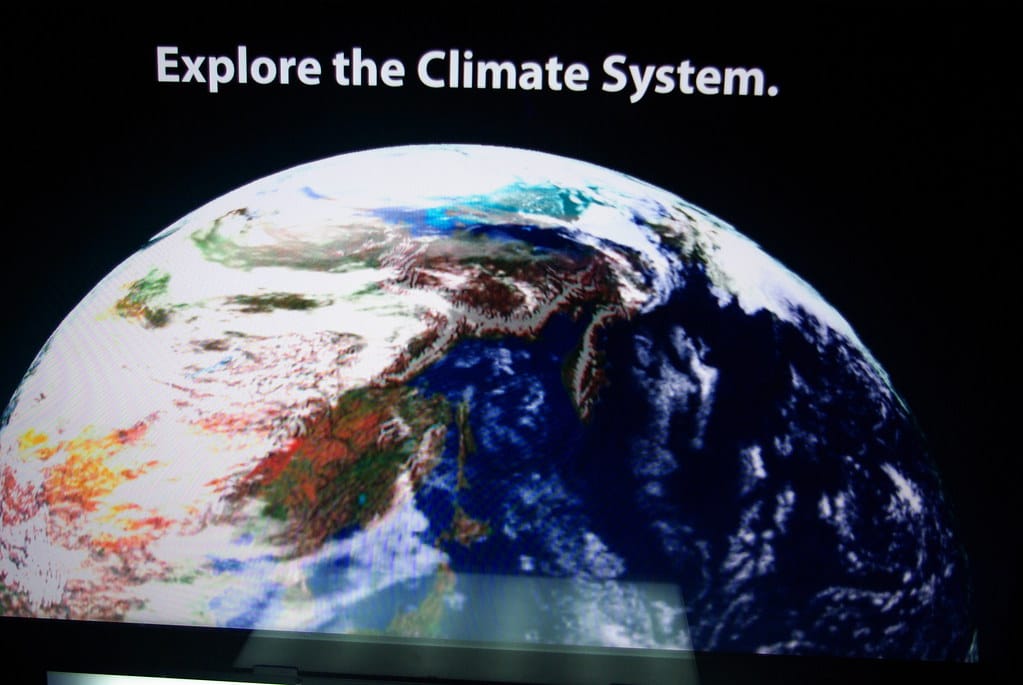Trump Administration Proposes Shutting Down World's Most Important Climate Observatory
The Trump administration's proposed budget includes a controversial plan to close the Mauna Loa Observatory in Hawaii, potentially ending the world's longest-running study of atmospheric carbon dioxide levels that has served as the cornerstone of climate science for over six decades.
The Keeling Curve: A Scientific Legacy at Risk
Since 1958, the Mauna Loa Observatory has produced the famous "Keeling Curve" – a continuous record of atmospheric CO2 concentrations that has become one of the most important datasets in climate science. Named after scientist Charles David Keeling, who began the measurements, this data has provided irrefutable evidence of rising greenhouse gas levels in Earth's atmosphere.
The observatory, operated by the National Oceanic and Atmospheric Administration (NOAA), sits 11,500 feet above sea level on the slopes of Hawaii's Mauna Loa volcano. Its remote location, far from major population centers and industrial activity, makes it an ideal spot for measuring baseline atmospheric conditions.
By the Numbers: What the Data Shows
The Keeling Curve has documented a steady rise in atmospheric CO2 from 315 parts per million (ppm) in 1958 to over 420 ppm today – a 33% increase that directly correlates with human industrial activity. The data reveals not only the long-term trend but also seasonal variations as plants absorb CO2 during growing seasons and release it during dormant periods.
This measurement station has been referenced in thousands of scientific papers and serves as a primary data source for climate models used by researchers worldwide. The consistency and reliability of the Mauna Loa data have made it the gold standard for atmospheric CO2 monitoring.
Scientific Community Sounds the Alarm
Climate scientists are expressing deep concern about the proposed closure. Dr. Pieter Tans, a senior scientist with NOAA's Global Monitoring Laboratory, emphasized the critical importance of maintaining this long-term record: "You cannot understand climate change without understanding the carbon cycle, and you cannot understand the carbon cycle without long-term, precise measurements."
The scientific value of the Mauna Loa record lies not just in its length but in its consistency. Interrupting this dataset would create a gap that could never be filled, potentially compromising future climate research and our ability to track the effectiveness of global emission reduction efforts.
Budget Justifications and Criticism
The proposed budget cuts are part of broader reductions to climate monitoring programs within NOAA and other federal agencies. Administration officials argue that the cuts are necessary to reduce government spending and eliminate what they consider non-essential programs.
However, critics point out that the annual operating cost of the Mauna Loa Observatory is relatively modest – approximately $2 million per year – especially when compared to the scientific value it provides. The program's cost represents less than 0.01% of NOAA's annual budget.
Global Implications
The potential closure comes at a critical time when accurate climate monitoring is more important than ever. As nations work to meet commitments under the Paris Climate Agreement, reliable data on atmospheric greenhouse gas concentrations is essential for tracking progress and informing policy decisions.
International climate scientists have also raised concerns, noting that the Mauna Loa record serves as a crucial calibration point for other monitoring stations worldwide. Losing this reference point could compromise the global network of climate monitoring stations.
Looking Forward: What's at Stake
The fate of the Mauna Loa Observatory represents more than just a budget decision – it's a choice about America's commitment to climate science and international leadership in environmental monitoring. The observatory's data has been freely shared with researchers worldwide, contributing to our global understanding of climate change.
If the closure proceeds, alternative funding sources would need to be identified quickly to maintain the continuity of this irreplaceable dataset. Some scientists have suggested that private foundations or international collaborations might step in, but such arrangements would take time to establish.
The Bottom Line
The proposed closure of the Mauna Loa Observatory would end one of the most important long-term scientific studies in human history. As policymakers weigh budget priorities, the scientific community argues that some investments in knowledge and understanding are simply too valuable to sacrifice. The Keeling Curve has shaped our understanding of climate change for over 60 years – its continuation may be crucial for addressing the climate challenges of the next 60 years.

